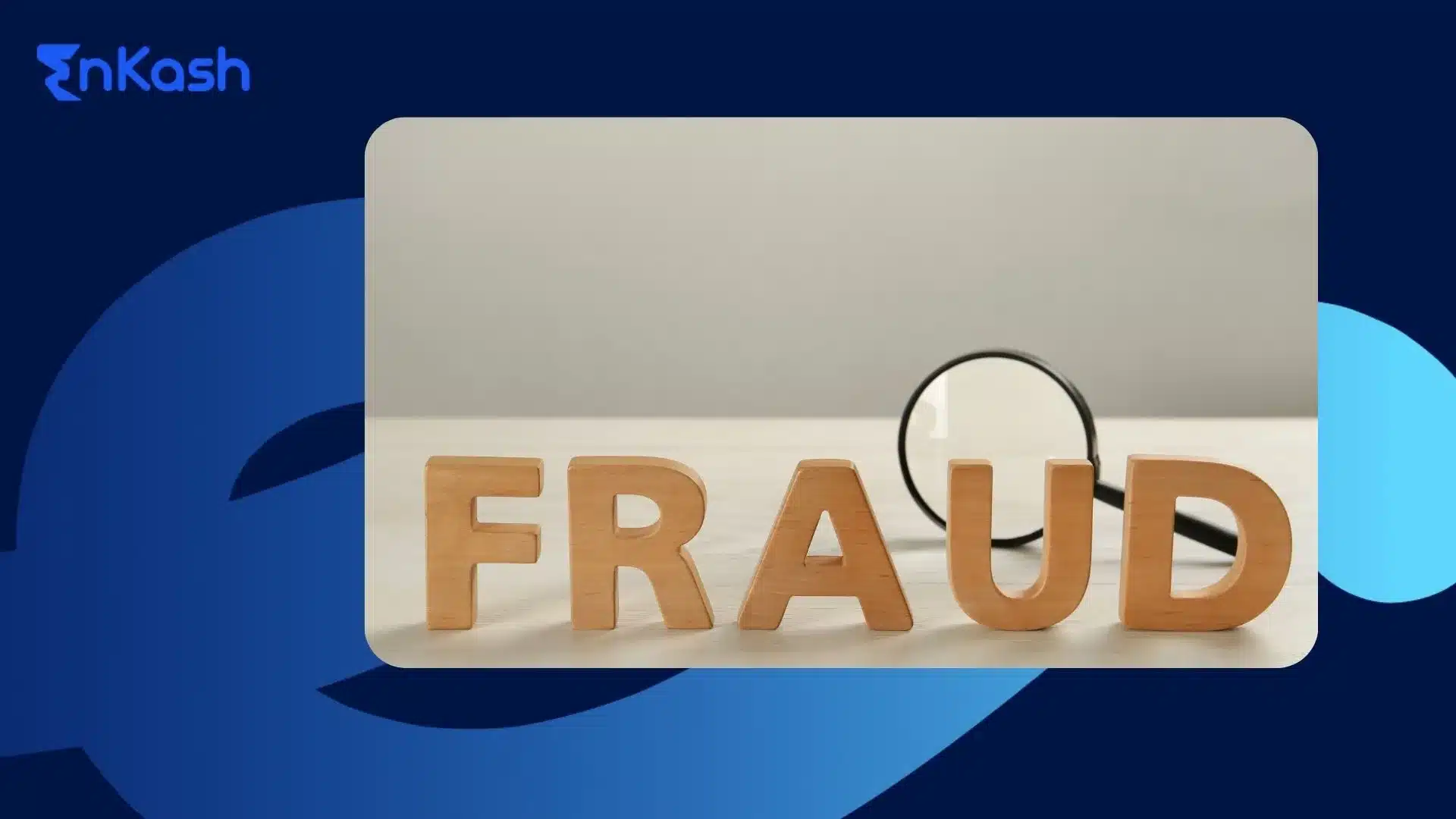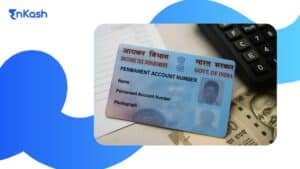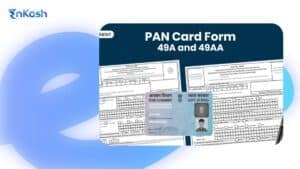Introduction
Digital payments have become second nature for Indian businesses. Salaries move through NEFT or RTGS, customers pay through UPI, and vendors often prefer direct bank transfers. But when you start working with global clients or receiving payments from overseas, you will often come across something called ACH.
What is ACH? The term stands for Automated Clearing House. It is a network that processes large volumes of electronic payments in countries like the United States. Businesses utilize ACH for routine transactions, including payroll deposits, vendor payments, and utility bills. For Indian exporters, IT service firms, and even freelancers who deal with US-based companies, ACH payments are one of the most common ways money arrives in their bank accounts.
With this convenience also comes risk. ACH fraud is one of the fastest-growing problems in digital finance. Unlike traditional fraud, where a stolen cheque can be spotted or a UPI transaction can be reversed almost instantly, ACH fraud is harder to detect in real time. Unauthorized debits, compromised credentials, or manipulated vendor information can all lead to significant losses before anyone notices.
For small and mid-sized businesses, this risk is even sharper. Large corporations have security teams and automated fraud monitoring. Most SMEs operate leanly and rely on trust and established routines. That leaves them more exposed to gaps in payment security.
This blog explains how ACH works, what ACH fraud looks like, and most importantly, how to protect your business from it.
Check it out: Expense Management
Understanding ACH: The Backbone of Digital Payments
When you think about digital business payments, the first names that come to mind are often UPI, NEFT, or RTGS. These are systems you probably use every day for local transfers. ACH sits in a different space. It is built to handle volume and routine. That means repeated transfers that run in the background without requiring constant attention.
With an ACH credit, you send money out of your account. Payroll and vendor payments usually fall in this category. With an ACH debit, money is collected from your account. Loan repayments, insurance premiums, and subscription services work this way. Credits give you more direct control, while debits depend on who is on the other side of the transaction. This is also why debit fraud is more common.
So why do businesses prefer ACH over other options? Cost is certainly part of it. Processing a large batch of payments through ACH is often cheaper than running each payment individually. But what matters even more is certainty. If you schedule a transfer for a specific date, you know it will go through without you logging in again and again. That predictability helps you manage cash flow with fewer surprises.
For small and medium businesses, that reliability makes a big difference. You don’t have the time or manpower to sit and process every transaction one by one. ACH allows you to set the rules once and focus on the actual business. Employees get salaries on time, vendors see payments without follow-up calls, and clients abroad can pay you through a structured system.
At the same time, the very efficiency that makes ACH attractive also hides risks. Once instructions are set, money moves automatically. That leaves open the possibility that if the system is compromised, you may not notice until later.
What is ACH Fraud? Why It’s a Threat to Businesses
ACH fraud happens when someone makes a payment through the system without your approval. It often starts when a fraudster gets access to account details or finds a way to submit false instructions. The system treats those instructions as genuine and processes them just like any other payment.
There are two main ways this plays out. With an ACH credit, someone tampers with outgoing files or alters bank details so your payment ends up in the wrong account. With an ACH debit, money gets pulled directly from your account through unauthorized requests. Debit fraud is more dangerous because it drains funds before you notice. You face this risk for many reasons. Weak passwords, shared access, poor internal checks, or misplaced trust in vendors can all open the door. Once fraudsters slip in, transactions often look routine. You may not see clear signs until you reconcile records. By then, your money is already out of reach.
ACH fraud is hard to spot in real time. Unlike card transactions, ACH transfers do not always trigger instant alerts. That lack of visibility gives fraudsters an advantage. And while banks and payment networks share responsibility, the first loss usually falls on you.
The real problem is not just outside attackers. Poor oversight inside your own business can create the same risk. If you rely only on routine and trust, fraud can pass unnoticed. Knowing how ACH fraud works is the first step.
Complete ACH Fraud Prevention: From Detection to Defense
Preventing ACH fraud is not a one-time action. It comes from staying alert, following disciplined payment practices, and putting simple checks in place so that unauthorized transactions are caught quickly.
Spotting the Red Flags
Fraud rarely happens without signs. The problem is that most businesses miss them because they trust routine. You need to start by training yourself to look for anomalies.
- In your bank records: Watch for small, unfamiliar debits. Fraudsters test with smaller amounts before going bigger. Pay close attention to unusual timings, duplicate entries, or payments that do not match your schedule.
- From employees or vendors: An employee suddenly urging you to approve payments faster, or a vendor insisting you change bank details without formal paperwork, can signal something is wrong. Impatience and secrecy are warning signs.
- In your systems: Track logins and access patterns. Logins from odd locations, multiple failed attempts, or activity outside business hours should trigger review. Even if you use basic online banking, review the alerts your bank offers and enable them.
Building Your Defense Strategy
Once you sharpen your eyes for trouble, you need walls strong enough to block it. Defense against ACH fraud works best as layers. No single measure is enough, but together they create speed bumps that slow fraudsters down.
- Dual approvals: Never let one person push through an ACH transfer on their own. Even in a small team, make sure another person reviews high-value or bulk transactions.
- Clear payment rules: Write basic protocols. For example, no vendor bank detail changes by email, no urgent payment without director approval, no employee with unlimited access to the banking portal. Simple, written rules prevent costly mistakes.
- Separation of duties: If one person prepares a file, another should authorize it. If one person runs payroll, another should reconcile it. Dividing roles reduces both temptation and error.
- Technology checks: Use the alerts banks already provide. Some banks let you set transaction limits, block debits above a stated value, or mandate OTPs for approvals. Activate these features. They cost nothing but add real security.
- Regular audits: You do not need a costly external auditor for this. A monthly internal review of random payments can scare off insider fraud and help you catch errors before they snowball.
These are not heavy systems. They are manageable habits that fit even a lean SME. The difference is discipline. Fraudsters thrive on shortcuts, and each skipped step makes their job easier.
Risk Management Framework
The final piece is about mindset. You cannot remove all risk from ACH, but you can control how exposed your business is. This means adopting a culture where security is part of routine, not an afterthought.
- Do your risk assessment: Spend an hour listing where you use ACH and who can access it. Ask yourself, “If any of these accounts were misused today, how much would we lose?” That exercise alone often highlights weak spots.
- Balance speed with safety: ACH is attractive because it is quick and automatic. But always weigh the risk trade-off. Ask yourself where automation saves you time and where it exposes you. Some payments may need a manual review, even if it slows you down.
- Tailor by industry: If you run exports, pay extra attention to foreign transfers and vendor changes. If you run a services firm, guard payroll and employee access. Risk is not one-size-fits-all. Focus on where abuse would hurt you most.
- Build awareness across staff: Fraud prevention is not only for the finance head. If your accounts team, operations staff, or even reception staff know what fraud signs look like, detection chances rise sharply. One alert employee can make a difference.
- Plan a response: Write down what you will do if fraud occurs. Who will call the bank? Who will freeze access? Who will check the records? If you prepare this in advance, you act faster when it matters.
NACHA Rules and Compliance Framework
ACH payments in the United States are governed by NACHA, the body that sets security and fraud prevention standards for the system. If you work with US clients and receive ACH transfers, your funds pass through this framework before reaching your Indian bank.
You do not deal with NACHA directly. Your Indian bank and its US partners handle that, but their compliance requirements flow down to you. This is why banks often ask for extra documentation or verification before clearing cross-border payments. It ensures the transfer meets NACHA rules and protects both sides if a dispute arises.
Compliance has real benefits. If you stay within the system, you have more protection. Unauthorized transactions can be reversed under NACHA timelines if they are reported quickly. Disputes can also be resolved in a structured way instead of leaving you to chase funds blindly. On the other hand, ignoring procedures or relying on shortcuts weakens that protection.
Conclusion
ACH makes routine payments easy, but it can expose you if you rely on habit instead of checks, so keep the speed and add control by verifying every change to vendors, bank details, and user access through a second channel before approval, using dual approval so one person prepares and another approves, turning on alerts and sensible limits to catch unusual activity, and keeping clean records to support recovery if something slips through; stay consistent, train your team on red flags and steps to follow, and ACH will remain an asset for your cash flow rather than a risk.
Read More: What is Cash Flow Management? Why Should You Know About It?
FAQs
1. What is the main difference between ACH credit and ACH debit?
ACH credit pushes money from your account to another. ACH debit pulls money from your account based on an instruction. Credits give you more control. Debits carry a higher risk if someone submits an unauthorized request.
2. How can I spot ACH fraud early?
Look for small, unfamiliar debits, duplicate entries, unusual timings, or new counterparties you do not recognize. Enable real-time alerts and review exceptions daily. Question any sudden request to change bank details.
3. What should I do first if I find an unauthorized ACH transaction?
Call your bank, report the transaction, and request a block on further debits. Change passwords, revoke unnecessary access, and preserve logs and statements. File a written complaint and get an acknowledgment.
4. Do I need special software to protect ACH payments?
No. Start with process controls. Dual approval, limits, alerts, and verified call-backs stop most fraud attempts. Add tooling later if your volume and risk grow.
5. Who should approve ACH payments in a small team?
Split duties. One person prepares the payment. Another approves it. A third reconciles. If you cannot staff three, at least separate preparation and approval.
6. How often should I audit ACH activity?
Review exceptions daily and run a focused audit monthly. Sample recent payments, vendor changes, and high-value transactions. Investigate anything that looks off.
7. What documents help with recovery?
Keep statements, payment files, user access logs, vendor change requests, and internal approvals. Store bank acknowledgments and any complaints you file in one place.
8. How do I reduce risk from vendor bank detail changes?
Never accept changes over email alone. Call a verified number from your vendor master, not from the request. Confirm the account name and number before you make the next payment.
9. Does ACH fraud only come from external attackers?
No. Weak internal controls, shared credentials, and poor oversight create risk inside your process. Fix roles, approvals, and access first.
10. Can I eliminate ACH fraud risk?
No. You can reduce it sharply. Discipline, layered controls, and fast response keep losses low and protect cash flow.












